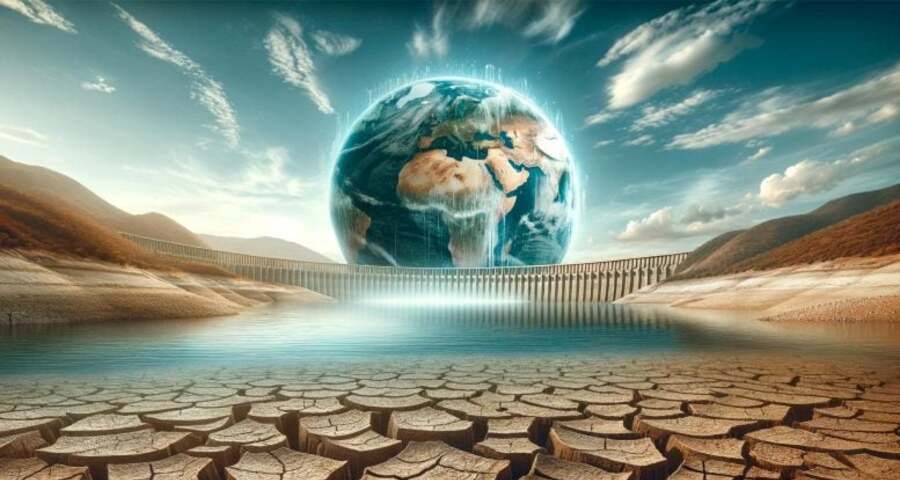Researchers propose creating a lunar biorepository to protect endangered species on Earth by using the moon’s low temperatures for long-term storage of biological samples. The initiative aims to overcome Earth’s natural and political risks by promoting global cooperation and developing new technologies for space transportation and sample preservation.
With many species facing extinction, an international team of researchers has proposed a revolutionary solution to preserve the planet’s biodiversity: a biological reservoir on the Moon. As outlined in a recent article in the journal BioScience, the plan involves creating a passive, long-term repository on the Moon for cryopreserved samples of Earth’s most endangered animal species.
The team, led by Dr. Mary Hagedorn of the Smithsonian National Zoo and Conservation Biology Institute, envisions taking advantage of the moon’s naturally cold temperatures, particularly in permanently shadowed areas near the poles where temperatures remain below -196 degrees Celsius. Such conditions would be ideal for long-term storage of biological samples without the need for human intervention or power sources—two factors that could threaten the sustainability of terrestrial repositories. Other key benefits of the lunar facility include protection against natural disasters, climate change, and geopolitical conflicts on Earth.
First steps and joint efforts
The initial focus in developing the lunar biorepository will be the cryopreservation of animal skin samples with fibroblast cells. The author’s team has already begun developing protocols using the round goby (Asterropteryx semipunctata) as a model species, and other species will be investigated further. The authors also plan to “use continental-scale sampling currently conducted at the US National Science Foundation’s National Network of 190 Environmental Observatories (NEON)” as a source for future development of fibroblast cells.
Challenges to be addressed include developing reliable packaging for space transportation, reducing radiation exposure, and establishing a sophisticated international storage management system. The authors call for broad cooperation among countries, organizations, and international stakeholders to implement this decade-long program. Next steps include expanding partnerships, particularly with space research institutions, and conducting more tests on Earth and the International Space Station.
Despite the challenges to be overcome, the authors stress that the need for action is urgent: “Due to numerous anthropogenic factors, a large proportion of species and ecosystems are facing threats of destabilization and extinction that are increasing faster than our ability to protect these species from their natural habitats.”
Source: Port Altele
